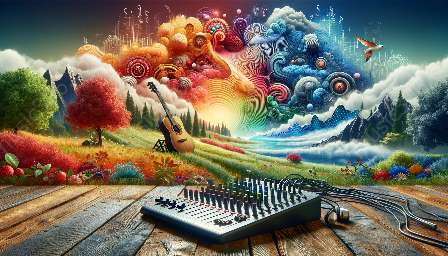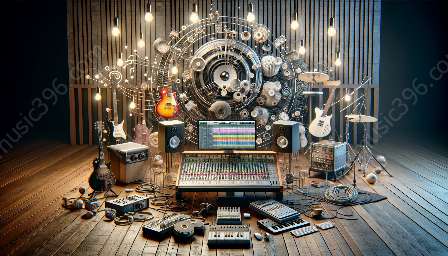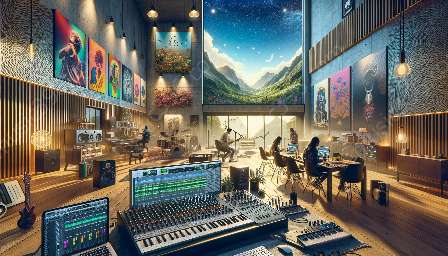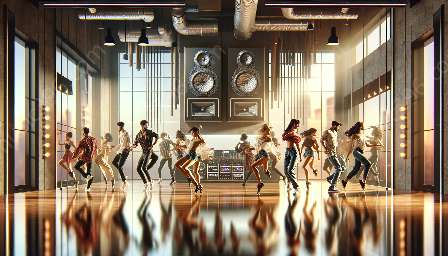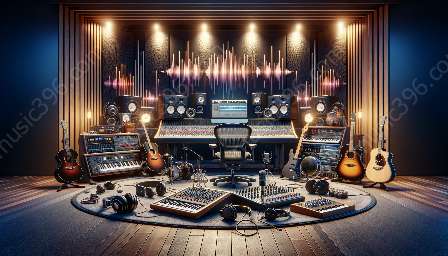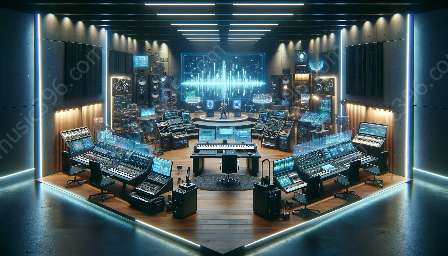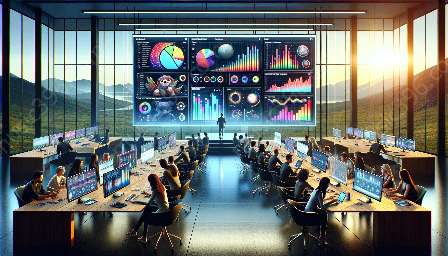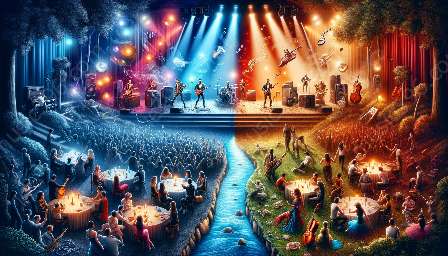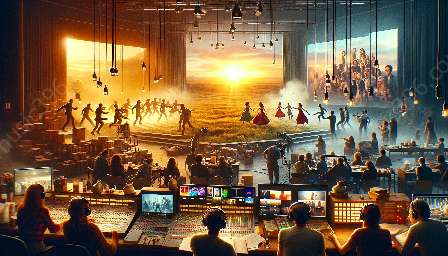When it comes to creating hit pop songs, the work of a music producer is crucial. Pop music producers are the driving force behind the sound and feel of the music, working behind the scenes to capture and manipulate sounds in the studio. In this topic cluster, we'll explore the techniques and technologies used by pop music producers to effectively capture and manipulate sounds, resulting in the infectious beats and catchy melodies that dominate the pop music scene.
Understanding the Role of a Pop Music Producer
Before diving into the technical aspects of sound capture and manipulation, it's essential to understand the role of a pop music producer. A music producer is responsible for overseeing the entire process of creating a song, from the initial concept to the final mix. They work closely with artists and songwriters, providing creative input and direction to shape the music into a polished, radio-ready product.
Pop music producers often have a keen ear for catchy hooks, memorable melodies, and infectious rhythms. They understand the nuances of pop music and are adept at using the latest production tools and techniques to bring their creative vision to life.
Studio Setup for Sound Capture
Creating a conducive environment for sound capture is crucial for pop music producers. The studio setup plays a significant role in capturing the desired sounds effectively. Producers often work in well-equipped recording studios with state-of-the-art recording equipment, including microphones, preamps, and digital audio workstations (DAWs).
Microphones are vital tools for capturing sounds in the studio, and pop music producers carefully select the right microphones to achieve the desired tonal quality. They may use different microphones for recording vocals, instruments, and ambient sounds, depending on the specific requirements of the song.
Preamps are essential components of the recording chain, helping to amplify the signals from microphones and instruments before they are converted into digital audio by the DAW. Producers pay close attention to the choice of preamps, as they can significantly impact the character and coloration of the recorded sounds.
DAWs serve as the central hub for sound capture in the studio. These software platforms provide a range of tools for recording, editing, and processing audio tracks. Pop music producers leverage the capabilities of DAWs to capture pristine audio recordings and lay the groundwork for the subsequent stages of sound manipulation.
Manipulating Sounds with Effects and Processing
Once the sounds are captured, pop music producers employ a variety of effects and processing techniques to shape and manipulate the audio. This stage is critical for adding depth, texture, and impact to the recorded sounds, ultimately contributing to the overall sonic aesthetic of the music.
One of the primary tools used by pop music producers is equalization (EQ), which enables them to adjust the frequency balance of audio tracks. By attenuating or boosting specific frequency ranges, producers can enhance the tonal characteristics of individual instruments and vocals, ensuring that they sit well within the mix and complement each other harmoniously.
Compression is another fundamental tool in the producer's arsenal, allowing for the control of dynamic range in audio signals. Pop music producers use compressors to smooth out the peaks and valleys in the sound, creating a more consistent and polished result. Additionally, compression can be employed creatively to add punch and energy to specific elements of the music.
Reverberation and delay effects are commonly used to imbue sounds with spatial depth and dimension. By tailoring the parameters of these effects, producers can place instruments and vocals within a virtual acoustic environment, adding richness and ambience to the music.
Furthermore, pop music producers may utilize specialized processing tools such as pitch correction, modulation effects, and harmonic exciters to further manipulate and enhance the recorded sounds, pushing the boundaries of creativity and sonic innovation.
Utilizing Virtual Instruments and Synthesizers
Virtual instruments and synthesizers play a significant role in pop music production, offering a wide array of sounds and textures that can be manipulated and integrated into songs. Pop music producers harness the power of software instruments to expand their sonic palette, introducing compelling melodic and rhythmic elements that define the contemporary pop sound.
Digital synthesizers enable producers to generate an endless variety of electronic sounds, from lush pads to cutting-edge leads and basslines. Through comprehensive sound design capabilities, pop music producers can sculpt unique timbres and textures that resonate with the audience, contributing to the distinctiveness of the music.
Beyond synthesizers, sample libraries and virtual drum kits provide an extensive collection of ready-to-use sounds that can be seamlessly integrated into pop productions. Producers can manipulate these samples, applying processing techniques to tailor the sounds to fit the specific requirements of the song, all without needing to record live instrumentation.
Collaboration and Innovation in Pop Music Production
Pop music production is a dynamic and collaborative process, often involving teamwork and innovation to achieve groundbreaking results. Producers frequently collaborate with songwriters, musicians, and vocalists to bring diverse talents together, shaping the sonic landscape of the music through collective creativity.
Furthermore, technological advancements continue to shape the landscape of pop music production, offering producers new tools and techniques to refine their craft. From cutting-edge plugins to revolutionary recording technologies, the possibilities for sound capture and manipulation in the studio are constantly evolving, driving innovation and pushing the boundaries of pop music.
Conclusion
Pop music producers are masterful in their ability to capture and manipulate sounds in the studio, employing a blend of technical expertise, creative vision, and innovation to craft chart-topping hits. By leveraging advanced recording equipment, effects processors, virtual instruments, and collaborative creativity, producers shape the sonic identity of pop music, captivating audiences worldwide with their infectious and dynamic productions.



